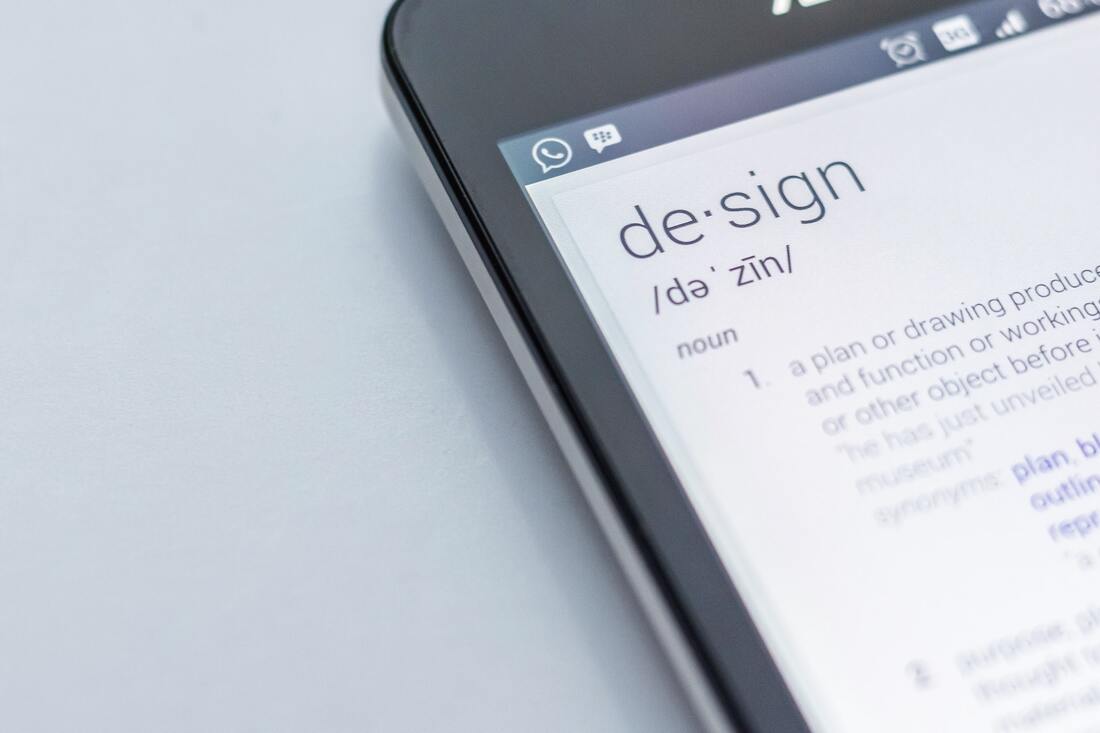|
Photo by Edho Pratama on Unsplash In their article "Design Experiments in Educational Research", Cobb et al. (2003) draw on prior understandings about conducting design experiments to share characteristics of the methodology and to describe what conducting a design experiment entails. Design experiments are an iterative process in which the "designed context is subject to test and revision" (pg. 9). Design experiments are conducted t develop theories that target domain-specific learning processes. Special emphasis is placed on theories to reflect the view that "explanations and understandings inherent in them are essential if educational improvement is to be a long-term, generative process" (pg. 9). Design experiments are also said to ideally end in greater understanding of a learning ecology by designing the element of the complex system and predicting how these element interact to support learning. In this way, design experiments aptly represent the complexity of educational systems. Cobb et al. notes that design experiments move beyond tinkering with effective designs by focusing on a design theory that explains why designs work and making recommendations for how they be modified to new circumstances. Five crosscutting features apply to design experiments:
Several issues must be addressed when preparing for a design experiment. First, before conducting a design experiment one must answer the question: What is the point of the study? Research teams should also draw on and synthesize the prior research literature to "identify central organizing ideas for a domain" (Cobb, et al., pg.11). Other preparations include clearly defining the conjectured starting points, elements of trajectory, and prospective endpoints as well as formulating a design that embodies testable conjectures. The size of the research team and their expertise will vary. In order to conduct a design experiment, the team must simply have the collective expertise needed to carry out the preparation procedures and conduct the experiment. Cobb et al. identify four important functions that will require the teams direct engagement.
Successful design experiments will also attend to the problem of measure. To conclude, Cobb et al. reiterates that the five crosscutting features outlined in the article are defining characteristics of a genre of science that holds great potential if researchers manage the preparation of difficulties associated with conducting design experiments appropriately. Given that the potential for rapid pay-off is high with design experiments, the five crosscutting features and critical components for successfully planning and conducting this type of research is invaluable. Design experiments are also said to ideally end in greater understanding of a learning ecology by designing the element of the complex system and predicting how these element interact to support learning. Both the crosscutting features and the complex nature of a learning ecology are developed with detailed example that make the article invaluable to anyone looking to better understand the various methods of research in educational technology. Design experiments are certainly an area of educational research that has peaked my interest now that I understand they ideally end in greater understanding of a learning ecology. Barron (2004) defined a learning ecology as a “set of contexts found in physical or virtual spaces that provide opportunities for learning.” Each context consists of a unique blend of activities, resources, relationships, and developing interactions. The research discussed by Barron in "Interest and self-sustained learning as catalysts of development: A learning ecologies perspective. Human Development" had strong connections to the ISTE Student Standards (Global Collaborator and Knowledge Constructor). These standards guide a portion of my work as an instructional technology consultant for grades K-12. For this reason, all discussions that lead to a greater understanding of a learning ecology are of interest to me at this point in my doctoral journey. References
Barron, B. (2006). Interest and self-sustained learning as catalysts of development: A learning ecologies perspective. Human Development, 49, 193-224. Cobb, P., Confrey, J., Lehrer, R., & Schauble, L. (2003). Design experiments in educational research. Educational Researcher, 32(1), 9-13. González-Sanmamed, M., Muñoz-Carril, P.-C., & Santos-Caamaño, F.-J. (2019). Key Components of Learning Ecologies: A Delphi Assessment. British Journal of Educational Technology, 50(4), 1639–1655. Comments are closed.
|
Archives
December 2022
Categories
All
|

